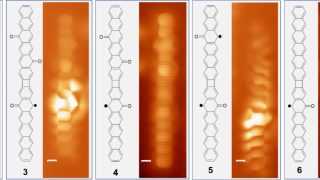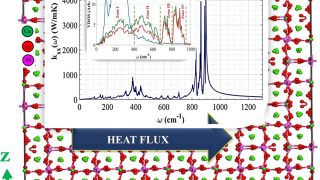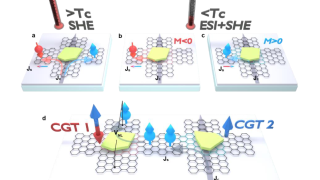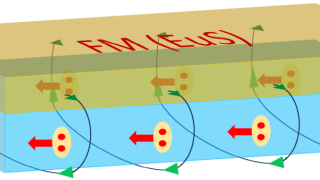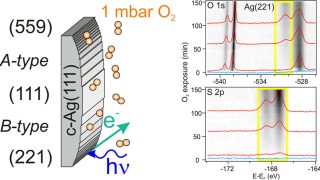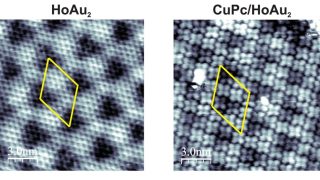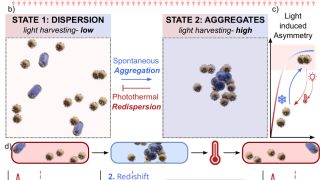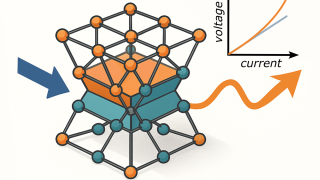
Bending Ohm’s Law: How symmetry-broken crystals rewrite the rules of electronics
When Georg Ohm wired up pieces of copper in 1827, he struck a rule so robust that it still underpins every phone and supercomputer on Earth: double the current, double the voltage. Simple, linear, universal—or so we thought. Over the past decade physicists have discovered that this bedrock principle crumbles the moment a crystal loses […]
